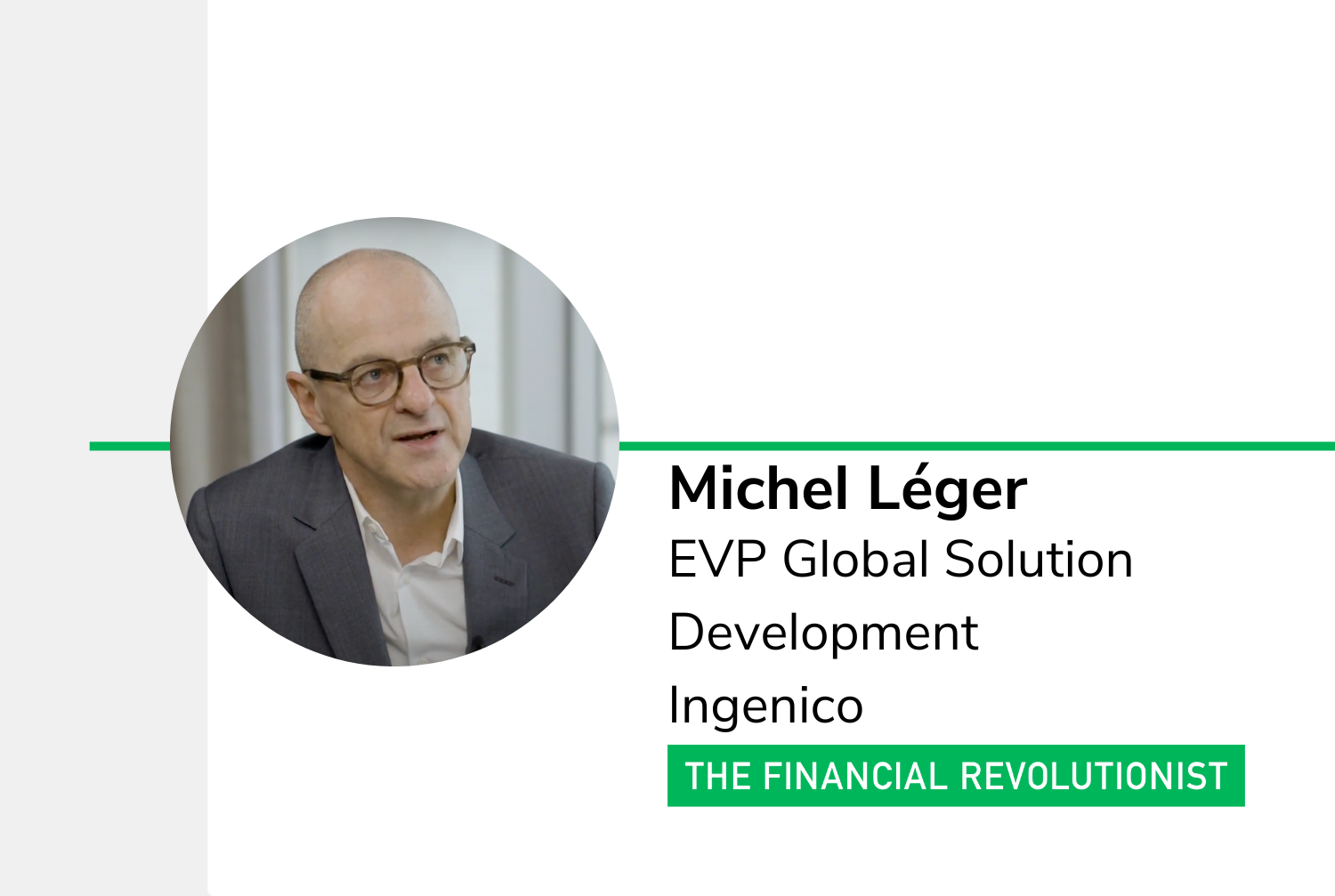Trialing biometric payments with Ingenico
/What
Ingenico is a France-based merchant services technology company that also manufactures POS terminals and effectuates electronic payments. Founded in 1980, Ingenico was acquired in 2020 by Worldline for $8.6 billion.
Yesterday, Ingenico announced that it had partnered with Fulcrum Biometrics, a subsidiary of Fujitsu, to launch a payments solution using palm-vein identification as its form of authentication. Users can wave their hand over an infrared sensor to complete a transaction, rather than use a credit card or enter a PIN. Ingenico is now moving forward with field trials in North America.
Why
According to Michel Léger, EVP of Global Solution Development at Ingenico, the biometric-focused program is an opportunity to turn payments processes in retail settings into a seamless experience that can generate stickiness with consumers. “Having biometrics is a good way to authenticate the consumer seamlessly in shopping experiences at the same time that you speed up the checkout process,” Léger said.
In addition, palm-vein IDs are very difficult to mimic. This can make biometric payments—when built to solve for privacy and security—more secure than traditional payments processes like a card.
How
Understanding that this kind of solution can only scale if it has consumer trust, Ingenico built out its infrastructure with GDPR compliance as a minimum level of privacy. It has also coordinated with stakeholders at the PCI to ensure that its product meets requisite security standards. This also involves liaising with the payments companies that make up the PCI, and establishing new rules as needed, such as understanding how a palm ID can replace a PIN in payments processes.
“Sometimes, when you come with new ideas, there are specificities that are not yet covered by standards, and that’s why we are discussing with the brands to see how we best cover for the particular use cases that are not yet covered,” Léger said.
Léger foresees initial consumer adoption depending upon existing exposure to biometrics. North America and Europe seem particularly cautious about biometrics, he said, especially facial recognition software. The hand waving required to effectuate a payment through this pilot program is one way to mitigate that hesitancy, Léger suggested, as consumers have to make the movement in order for a payment to go through. “If the payment is based on facial recognition, [consumers] feel and perceive that that payment could happen even if they didn't want to pay,” he said.
Finally, Ingenico will be using field tests to more thoroughly understand consumer appetite and adoption, and will tweak processes and presentation accordingly. “We want to move first and test to keep learning and adjust so that we facilitate this adoption,” Léger said.






